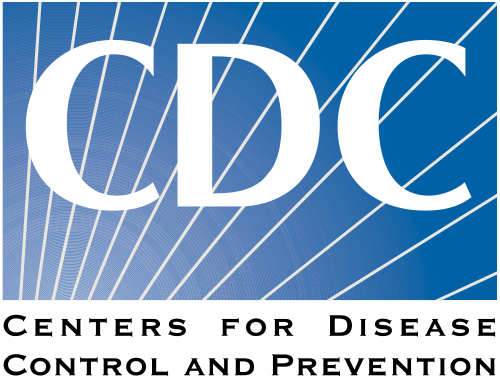
A total of 13%–20% of children living in the United States experience a mental disorder in a given year, and surveillance during 1994–2011 has shown the prevalence of these conditions to be increasing. Suicide, which can result from the interaction of mental disorders and other factors, was the second leading cause of death among children aged 12–17 years in 2010. Surveillance efforts are critical for documenting the impact of mental disorders and for informing policy, prevention, and resource allocation. This report summarizes information about ongoing federal surveillance systems that can provide estimates of the prevalence of mental disorders and indicators of mental health among children living in the United States, presents estimates of childhood mental disorders and indicators from these systems during 2005–2011, explains limitations, and identifies gaps in information while presenting strategies to bridge those gaps.
Attention-deficit/hyperactivity disorder (6.8%) was the most prevalent parent-reported current diagnosis among children aged 3–17 years, followed by behavioral or conduct problems (3.5%), anxiety (3.0%), depression (2.1%), autism spectrum disorders (1.1%), and Tourette syndrome (0.2% among children aged 6–17 years). An estimated 4.7% of adolescents aged 12–17 years reported an illicit drug use disorder in the past year, 4.2% had an alcohol abuse disorder in the past year, and 2.8% had cigarette dependence in the past month. The overall suicide rate for persons aged 10–19 years was 4.5 suicides per 100,000 persons in 2010. Approximately 8% of adolescents aged 12–17 years reported ≥14 mentally unhealthy days in the past month.
Population of focus: Children in the United States
Links to resource:
- Morbidity and Mortality Weekly Report, May 17, 2013 / 62(02);1-35
- Children’s Mental Health – New Report
Date: 2013
Organization: Centers for Disease Control and Prevention
